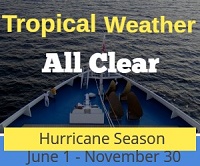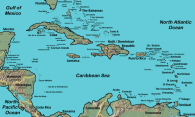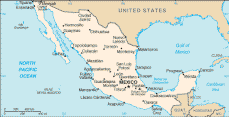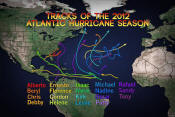2012 Tropical Season Summary
We post updates from the cruise lines and the NWS (National Weather Service) during tropical storm season.
Venice
Get to know our slice of Paradise - located on the SW Coast of Fl.
Attractions
Beaches
Canoe/Kayak
Boat Launches
Boat Charters
Fishing Charter
Fishing Piers
Historical Sites
Golf
Parks
Hotels
Relocate
Venice Map
2012 Atlantic Storm Names
| Alberto 5/19 Beryl 5/25 Chris 6/19 Debby 6/23 Ernesto 8/2 Florence 8/4 Gordon 8/16 Helene 8/17 Isaac 8/21 Joyce 8/23 Kirk 8/28 |
Leslie
8/30 Michael 9/3 Nadine 9/11 Oscar 10/3 Patty 10/11 Rafael 10/13 Sandy 10/22 Tony 10/23 Valerie William |
Peak of Season Map
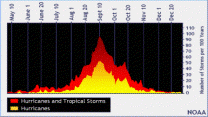
Peak tropical storm season is around September 15th
2012 Atlantic Storms
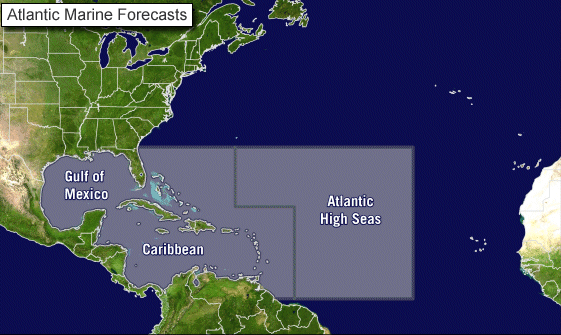
The 2012 Hurricane Seasons Summary
Posted December 1, 2012
The 2012 Atlantic hurricane season officially ended on Nov. 30 and
produced a total of 19 tropical storms of which ten became hurricanes,
including one major hurricanes.
The number of named storms is well above the average of 12. The number of hurricanes is also above the average of six, but the number of major hurricanes is below the average of three.
Photo source: SSN 6
Based on the combined number, intensity, and duration of all tropical storms and hurricanes, NOAA classifies the season as above-normal. 2012 was an active year, but not exceptionally so as there were 10 busier years in the last three decades.
This season marks the second consecutive year that the mid-Atlantic and Northeast suffered devastating impacts from a named storm. Sandy, and Irene last year, caused fatalities, injuries, and tremendous destruction from coastal storm surge, heavy rainfall, inland flooding, and wind. Storms struck many parts of the country this year, including tropical storms Beryl and Debby in Florida, Hurricane Isaac in Louisiana, and Post-tropical Cyclone Sandy in New Jersey.
An interesting aspect of the season was its early start, with two tropical storms, Alberto and Beryl, developing in May before the season officially began. Also, this is the seventh consecutive year that no major hurricanes (Category 3, 4 or 5) have hit the United States. The only major hurricane this season was Hurricane Michael, a Category 3 storm that stayed over the open Atlantic.
Several storms this year were short in duration, weak in intensity, and went largely unnoticed by the general public because they stayed out over the Atlantic. A persistent jet stream pattern over the eastern portion of the nation helped steer many of this season’s storms away from the United States. The number of named storms and hurricanes was higher than predicted in NOAA’s pre-season outlook, in large part because El Niño – which likely would have suppressed overall storm activity – never materialized as predicted by many climate models.
Hurricane forecasters remind us that a well-established climate pattern puts us in an ongoing era of high activity for Atlantic hurricanes that began in 1995. Since that time, more than 70 percent of seasons have been above normal, including 2012. Historically, Atlantic high-activity eras have lasted 25-40 years, with the previous one occurring from the mid-1930s until 1970. Several inter-related atmospheric and oceanic factors contribute to these high activity years, including warmer Atlantic Ocean temperatures, an enhanced West African monsoon, and reduced vertical wind shear.
NOAA will release its pre-season outlook for the 2013 hurricane season in May.
NOAA’s National Weather Service is the primary source of weather data, forecasts and warnings for the United States and its territories. The National Weather Service operates the most advanced weather and flood warning and forecast system in the world, helping to protect lives and property and enhance the national economy. Working with partners, the National Weather Service is building a Weather-Ready Nation to support community resilience in the face of increasing vulnerability to extreme weather. Visit weather.gov and on Facebook.
Source: NOAA News
Wind Scale
Tropical Depression
Wind speed less than 39 MPH
Tropical Storm
Wind speed between 39 MPH and 73 MPH
Hurricane
Wind speed between 74 MPH and 110 MPH
Major Hurricane
Wind speed greater than 110 MPH

